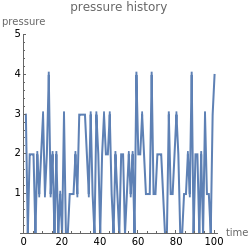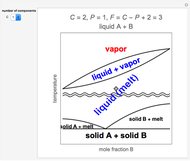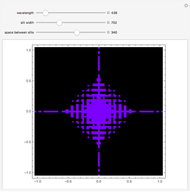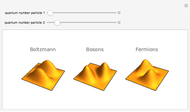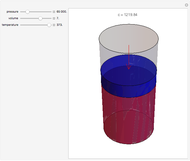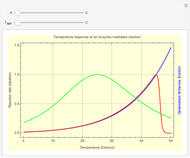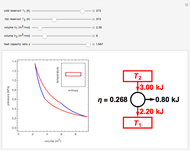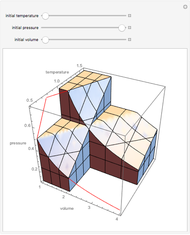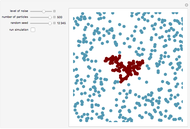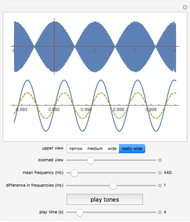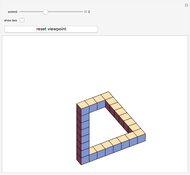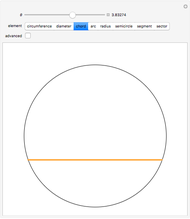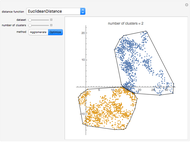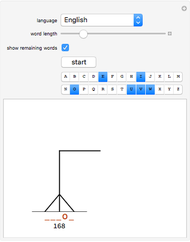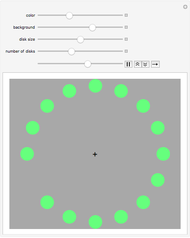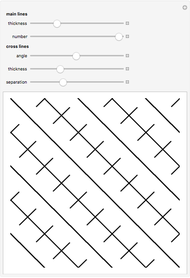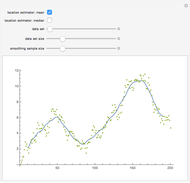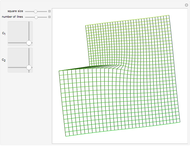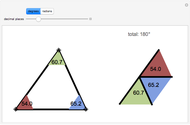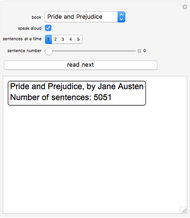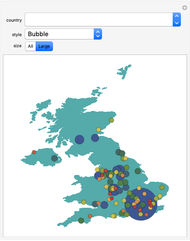Simulation of a Simple Gas Pressure Model
Initializing live version

Requires a Wolfram Notebook System
Interact on desktop, mobile and cloud with the free Wolfram Player or other Wolfram Language products.
This simple model to understand gas pressure considers the gas as a collection of independent molecules bouncing inside a container and counts the frequency of collisions on the container's walls. Pressure, then, equals the force per unit area  . Larger numbers of discrete impulses of force can be averaged over an observation time to give an apparently constant pressure.
. Larger numbers of discrete impulses of force can be averaged over an observation time to give an apparently constant pressure.
Contributed by: Jon McLoone (March 2011)
Open content licensed under CC BY-NC-SA
Snapshots
Details
Permanent Citation
